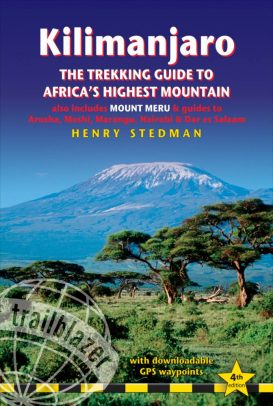Ngorongoro Crater
Location: Crater Highlands, Northern Tanzania
Climate: Lower temperatures on the highlands and at night, rainy during April, May and November
Typical Landscape: Soda lake with fig tree and acacia forests, and flat mud plains during dry season
Your first view will take your breath away.
The Ngorongoro Crater and Conservation area is a UNESCO World Heritage Site and home to approximately 25,000 large mammals and a huge variety of smaller species making it a target for discerning safari goers. Packed full of game, due to the plentiful water and food available on the crater floor throughout the year. Here resides including a slowly growing the last remaining Tanzania Black Rhino population which are slowly growing through Conservation efforts. These sighting are truly a remarkable experience as there are so few of these magnificent creatures remaining globally. This large unflooded volcanic caldera and the vast escarpments and flat grassy plains, yellow barked Acacia trees, wetlands and lakes attracting a massive Flamingo migrations with over 300 species of birds to make this park an awe inspiring sight as one of the natural wonders of the world.






